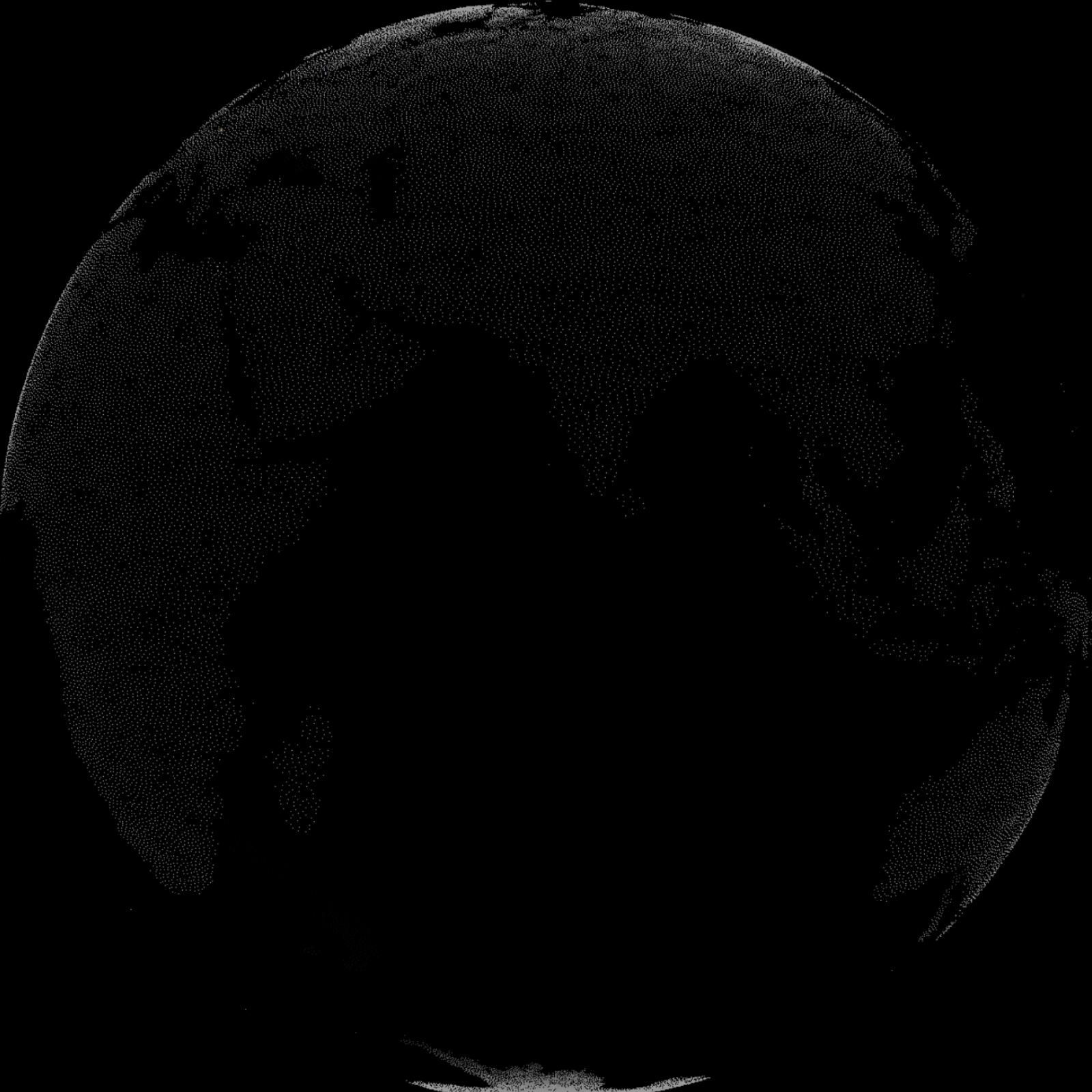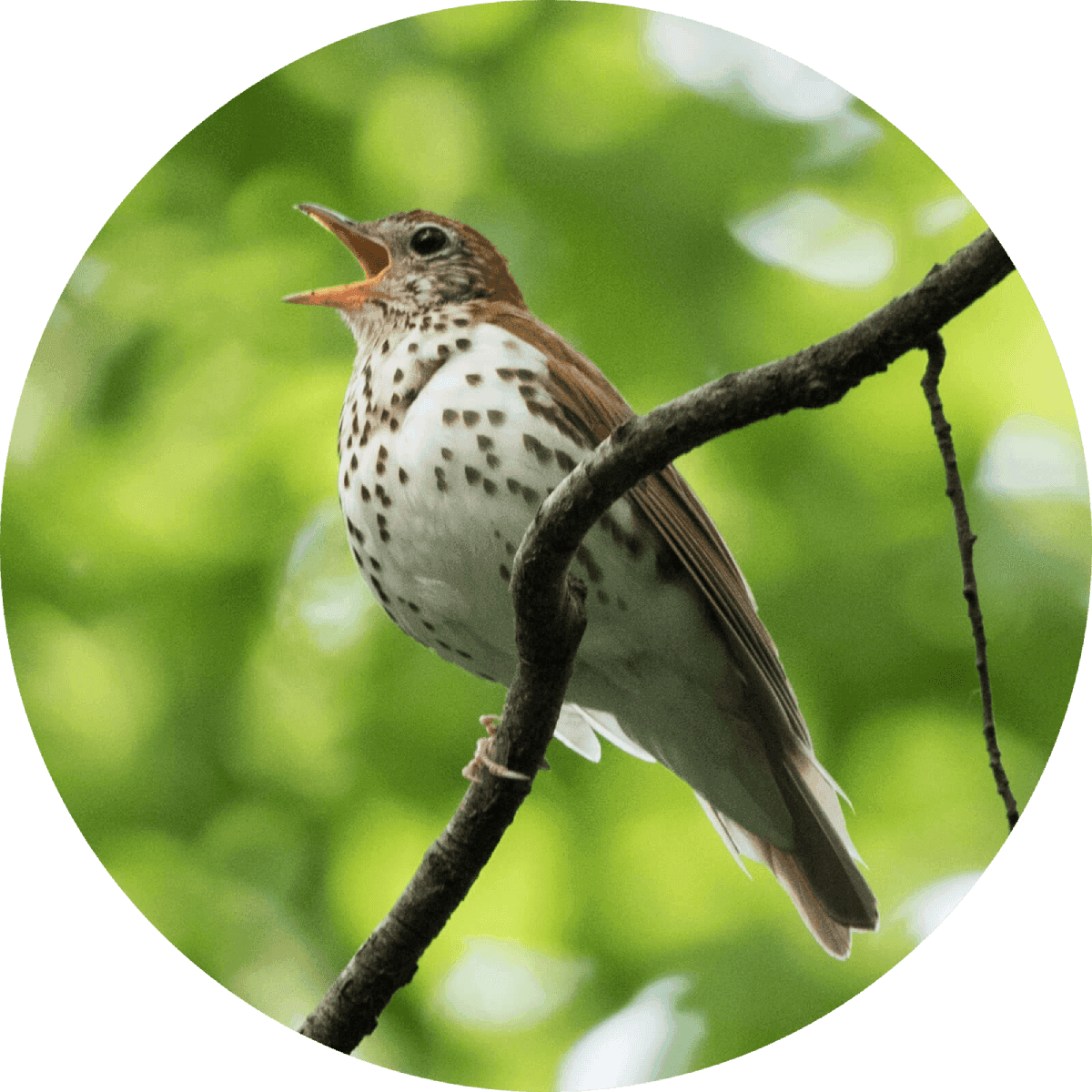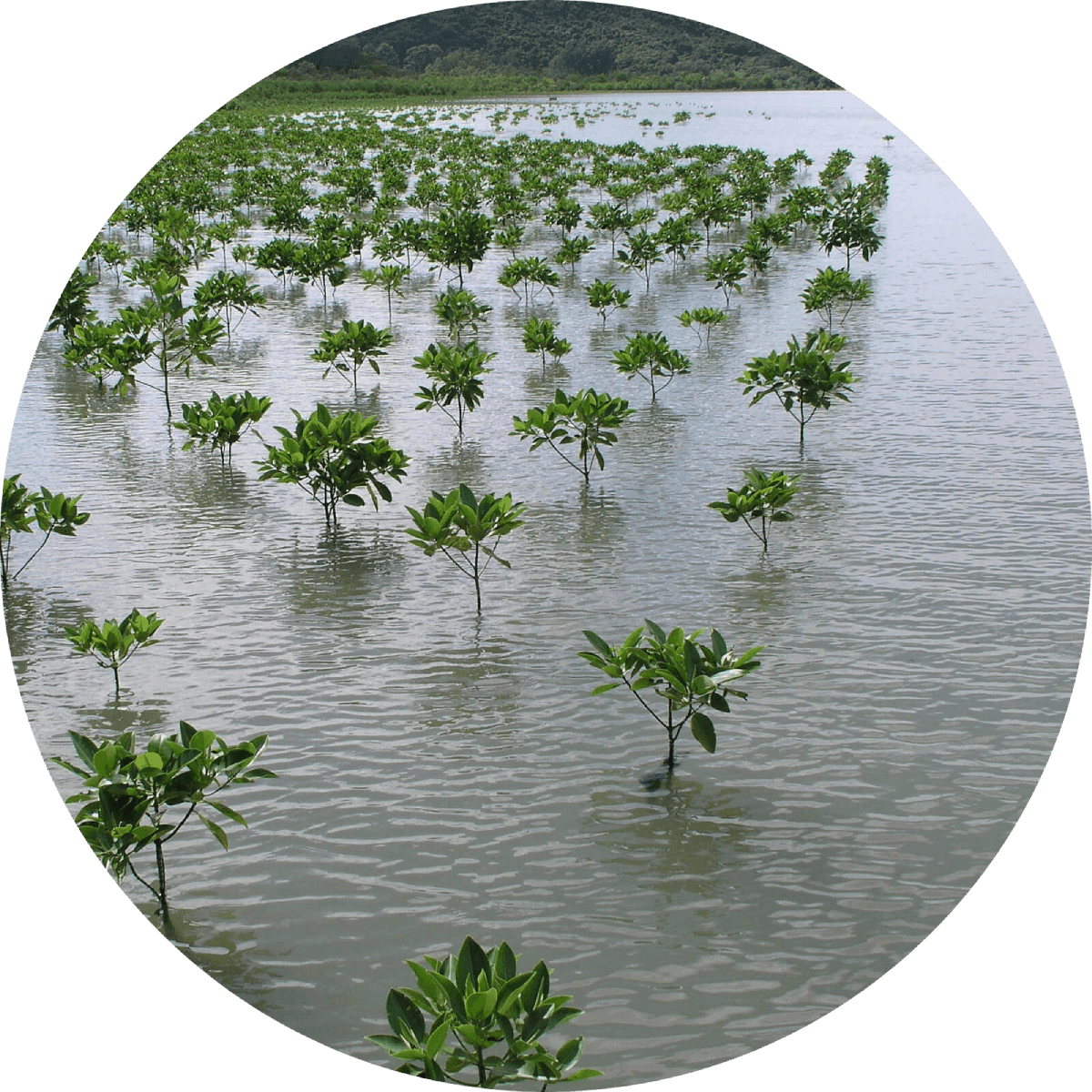Thylacine declared extinct by international standards.
“Are we going to sit down quietly and allow this unique animal to die out within a short period? Something must be done and done quickly, if we wish to avoid the slur which is bound to fall upon us by its extinction. If every interest person, and everyone should be interest, voiced his and her opinion, we might get a move on in the right direction, and win the approbation of the world for our efforts in saving the Thylacine.”
"The thylacine was the largest marsupial predator to have survived into historic times. Before the introduction of the dingo to mainland Australia around 4000 years ago it was widespread on the mainland and in New Guinea . . . Thylacines were persecuted into extinction. A bounty was paid on scalps and, as they became rarer, live and even dead animals commanded ever higher prices. The species was finally protected by law in Tasmania in 1936, the year of its extinction. The law came far too late, for the last capture of a wild thylacine had occurred three years earlier. The last thylacine to walk the earth was a female kept in Beaumaris Zoo near Hobart."
“The thylacine was given legal protection in July 1936, just 2 months before the last known (captive) individual died at Beaumaris Zoo, Hobart.”
The last known thylacine dies in Hobart Zoo
“Even in its present location it is becoming rare, because of the fact that it has developed a taste for mutton, to satisfy which it makes raids on the farmers' flocks. So the Marsupial Wolf has been driven to the wildest and most inaccessible parts of the island. Although it is accorded a certain amount of protection, the settlers show little mercy to the ‘hyena' or ‘tiger,' as they commonly call it . . . Though reputed to be ferocious, it seems never to have injured a man except when at bay, desperately defending its life . . .”
Last thylacine captured in Florentine Valley and sold to the Hobart Zoo.
“Unless something is done, and done quickly, one of the most interesting survivals from the past still living on the earth will speedily follow the quagga into extinction . . . Although they are almost worth their weight in gold to zoological societies, it is said that none have been seen or heard of for the last 10 years. But in the country they inhabit it is, of course, impossible to be certain how many still exist . . . Unfortunately these animals have never been known to breed in captivity.”
Last documented thylacine kill by Wilfred Batty.
The London Zoo buys its last thylacine for £150.
“The thylacine was the fiercest of the marsupials or pouched animals in Australia. It is now extinct, except in the remotest mountains of Tasmania. Its fierceness did not save it. It was abundant all over Australia as far back as Pliocene times, and it has been supplanted by a modern dog with a little larger brain.”
Thylacines rare and sought by zoos around the world.
The Tasmanian government bounty scheme terminated. In total, 2184 bounties were paid.
“The preservation of destructive beasts, especially those which prey on the stock of the farmer, is however a difficult problem. Thus, even the Cape hunting-dog has its due place in nature; one must not, in view of its bloodthirstiness, lose sight of the fact that, as much as any quagga or dodo, if once gone it is gone for ever. Another case in point is that of the thylacine . . .”


Learn about Maya Lin’s fifth and final memorial: a multi-platform science based artwork that presents an ecological history of our world - past, present, and future.

Discover ecological histories and stories of former abundance, loss, and recovery on the map of memory.

Learn how we can reduce our emissions and protect and restore species and habitats – around the world.

See how art can help us rethink the problems we face, and give us hope that each one of us can make a difference.

Help make a global memorial something personal and close to home. Share your stories of the natural world.